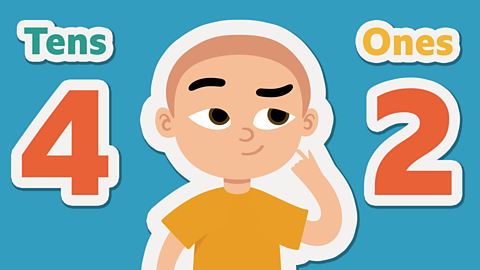Watch: How to show numbers to 10
Learn to represent numbers to ten.
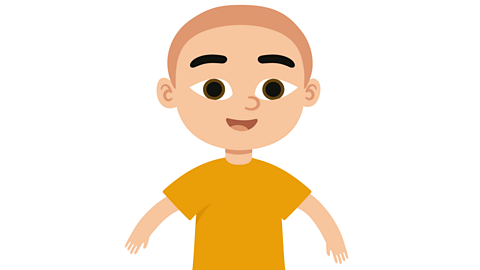
Numbers to 10
Numbers are everywhere! On the front of buses, on the doors of houses, on road signs and even on tins of food.
If numbers are written in order, you will be able to work out which one is bigger or smaller.
1, 2, 3, 4, 5
But how can you tell when the numbers are jumbled up?
4, 2, 1, 5, 3
It’s not easy to tell just by looking at the numbers, as they are written as numerals which stand for an amount of things.
Building numbers is much more fun and we can learn a lot about the number, not just its value, but how it is made.
Let's have a look at each of the numbers from 1 to 10.

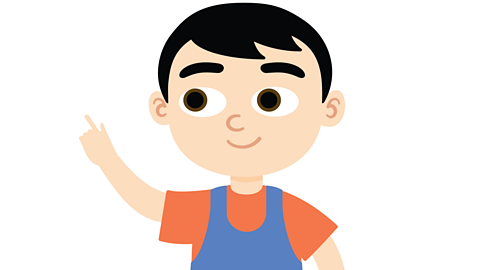
One
The first number most of us learn is 1.
1 is 'one' of something. For example, Paul has one head, one nose, one mouth.
Things start to get more interesting when we look at numbers greater than 1.

Two
After 1 comes 2.
2 means you have 'two' of something. For example, Paul has two eyes, two ears, two feet.
Sometimes we use the word pair to mean two of something, like a 'pair of socks'.
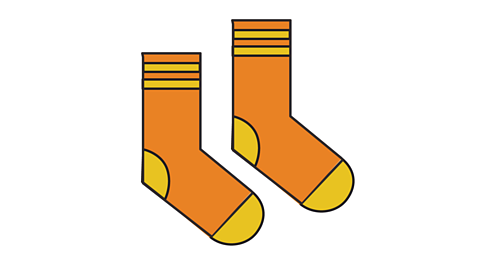
Can you think of more things we talk about in pairs?
Three
3 is even more interesting than 1 or 2.
Here are three cakes. The cakes can be counted.
The last number you count is the number of cakes you have altogether.
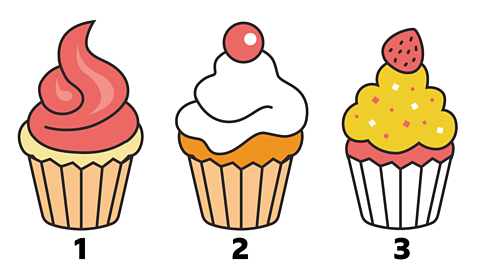
Three can be split into two parts.
Here are two groups.
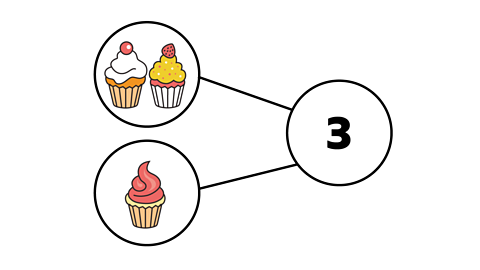
One group has 2 cakes in it and the other group has only 1 cake.
If the two groups are pushed together and counted, there will be 3 cakes altogether.
Four
Here is the number 4.
Count the cubes. The last number counted is the number of cubes you have.
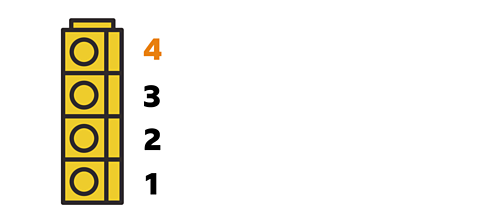
4 can be split into 3 and 1, 2 and 2, or 1 and 3.
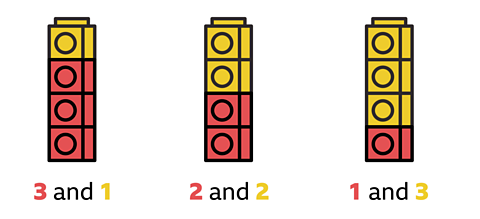
Five
Look at all the possible number splits for the number 5 using some circle and square counters.
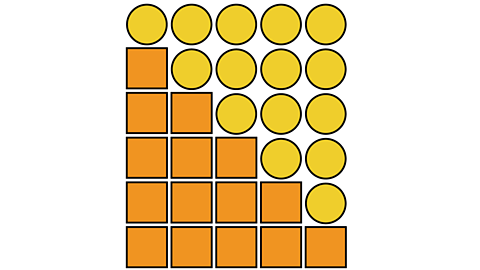
Can you see how 5 can be shown as:
- 0 + 5
- 1 + 4
- 2 + 3
- 3 + 2
- 4 + 1
- 5 + 0
The objects we count don’t have to be the same object, same size or same shape. It’s the number of things we have in the group or set that is important.
Six
Here are some different representations for 6.
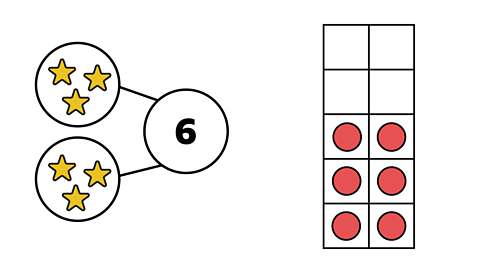
Seven
Here are some different representations for 7.

Eight
Here are some representations for 8.
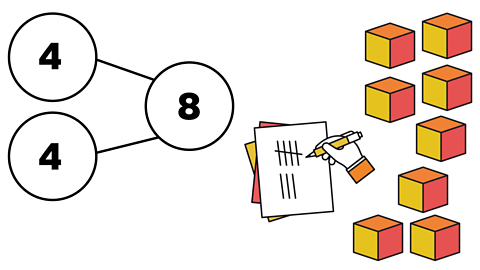
Nine
Here are some representations for 9.
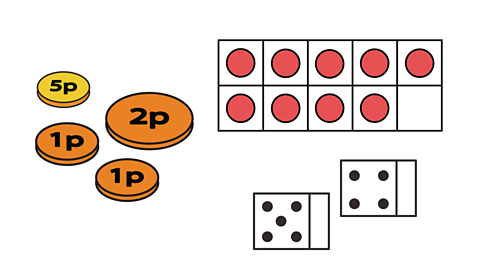
Ten
Finally, here are some representations of 10.

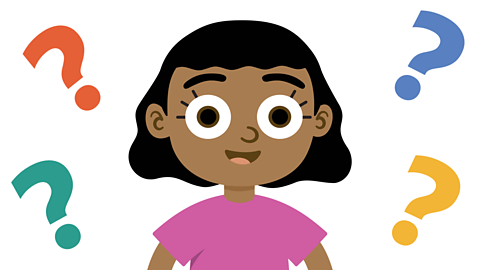
Activity 1
What is your favourite number between 1 and 10?
Can you represent this number in a new way?
Look out for your number. Can you see it on a clock? Or a ruler?
Keep looking for your favourite number!

Quiz
Karate Cats Maths game. game
Train with the Karate Cats to become an expert in addition and subtraction, multiplication and division, place value and more!

More on Place value
Find out more by working through a topic
- count1 of 3
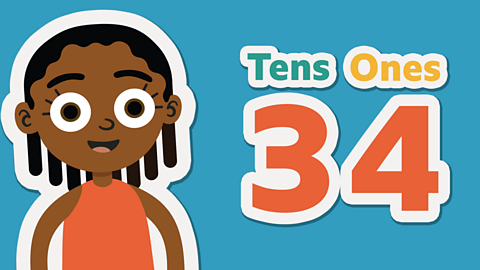
- count2 of 3
